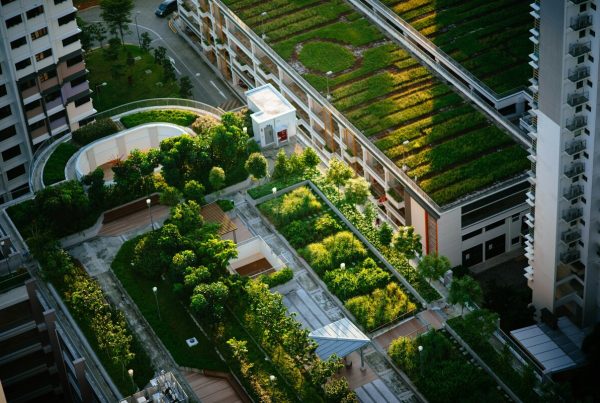Small space living is big these days.
From trendy micro-apartments in New York to tiny homes in Toronto to no-nonsense shipping container homes in Amsterdam to sustainable cabin homes in Germany—more and more people are gladly moving into smaller dwellings and saying no to all that unnecessary, wasteful extra space.

Less is definitely more for this proud homeowner of a small apartment in Toronto. (Image from TorontoLife.com)
That’s neither self-deprivation nor some act of riding on a trend. The small space crowd is apparently a happy crowd, judging from the many photos of their tiny houses they gladly share everywhere. Certainly there’s still something to be said for minimalist living, especially in an age where everyone else values luxury and excesses.
No to Mansions
Consider the hit show MTV Cribs which regularly features the mansion homes of celebrities, first aired in 2000. You can’t help but be awed by all that massive grandeur—the countless rooms, the expansive courtyard, the Olympic size swimming pool, the humongous bathrooms. Of course those celebrities deserved and worked hard for every square inch of it.
And it’s not just celebrities. The average American home has been increasing in size over the decades. A study in 2005 (Wilson and Boehland) noted that the square footage per person in the 1950s was about 290, in 2003 it tripled to 893 square feet, and in 2010, went further up to 927 square feet. Another statistics puts it this way: The average American home grew from 983 sq ft in 1950 to 2,349 square feet in 2004—a 140{e3829ec1db02d54faaf9fa2de0d48db26af01d7a7944a63c3b26976124791cab} increase.
How refreshing it is then to see someone with enough moolah to build a palace and yet chooses to live in somewhere with more modest dimensions.
That’s restraint.
And that’s what the small space folks are currently exercising as they embrace their beautifully compact homes. What they have is no mansion, but it’s every bit as worthy of being featured and emulated.
Actually, the Japanese have been doing this for decades. Densely packed urban cities like Tokyo have buildings with capsule apartments which are rented out to salarymen. The rooms are as small as 100 square feet. That’s a rather extreme case though.
So Why Choose Small Space Living?
1. Much closer to the city. Condo living essentially puts you right in the middle of the city where everything is within reach–workplace, restaurants, shopping centers, parks, etc. That’s good since it curbs urban sprawl.
2. Saves money. Having a small means a significant reduction in cooling and heating bills. It alse means less cost for maintenance and repairs.
As one blog commenter puts it, “I love my 700 sq. ft. house. When the doorbell broke I found out I don’t need one at all. I can here a knock on the door from any place in the house. But my favorite part is there is ONLY ONE BATHROOM TO CLEAN.”
3. Bonds relationships. Less rooms and walls means make for closer and stronger family bonds.
4. Small doesn’t mean cramped. With small spaces, it becomes a challenge to maximize every square inch. Every furniture is carefully considered, creative spaces for storage are thought of, and clutter is strictly avoided. With the right choices, even small compact homes can feel comfortable and spacious.
5. Resonates with good, clean living. Most people who choose to live in small spaces already practice good, clean eco-friendly living to begin with, so it just comes naturally them. No doubt small space living means a smaller carbon footprint.












